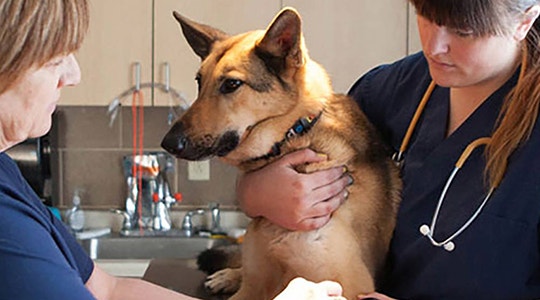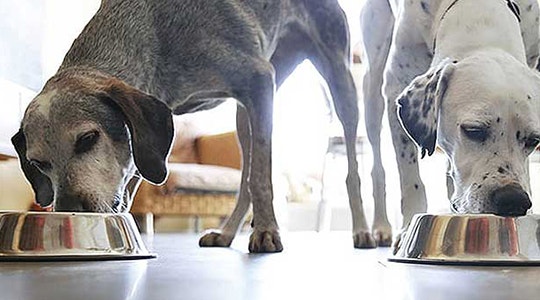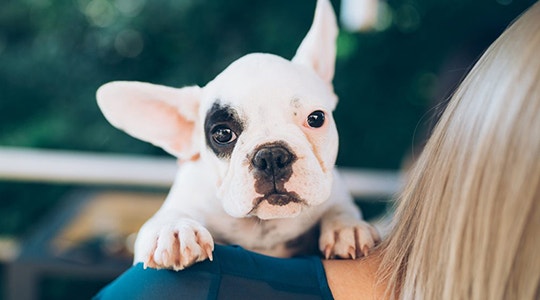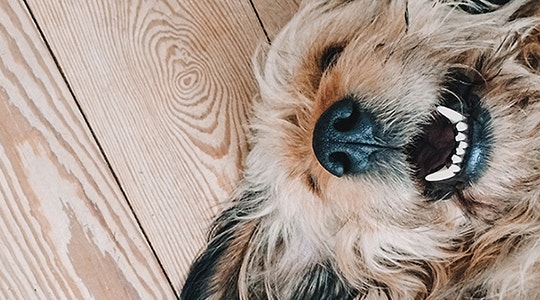
Common Diseases in Older Dogs: Skin Lumps
It happens to many dog owners: You stroke your dog and suddenly feed an odd bump on your dog's skin. What could it be?
Skin lumps are one of the most common conditions that vets are faced with—and determining what they are can be tricky. With most lumps and bumps on dogs, it's hard to predict with 100% accuracy what these "foreigners" may be. Your vet may want to take a fine-needle aspiration of the lump, which is a very simple way to gather cells for review under a microscope. This can help determine whether a lump should be removed right away, or whether you can take a wait-and-watch approach.
If you find a lump on your dog, you'll need to have your vet determine if it is malignant or benign. For your peace of mind and your dog's health, it's important not to ignore lumps, but to get them evaluated immediately.
There are many different types of lumps, but some are more common than others:
Non-cancerous lumps: Cysts, warts, infected hair follicles, hematomas (blood blisters), Sebaceous hyperkeratosis (look like raised pink pimples of different sizes). Though a lump may not be cancerous, it can still cause your dog discomfort and may have to be removed.
Cancerous lumps: Cancerous growths can be either malignant—meaning they spread rapidly—or benign, which means that they stay in one place and do not metastasize. Benign lumps can, however, grow to huge proportions and can require surgery. Examples of common malignant lumps are Mast Cell tumors, Basal cell tumors and melanomas.
Diagnosis
If you find a lump on your dog, you should bring him to your vet and be prepared to answer a few questions. A clinical history along with a careful examination of the lumps will help your vet determine the best course of treatment. For example, you may be asked:
How long has the lump been there?
Does the lump bother your pet? Does it seem itchy, irritated, painful or tender? Has your pet been continually chewing or licking at it?
How old is your pet? (Older dogs have a greater chance of having malignancies.)
Your vet will also consider the location of the lump. This will give her clues as to what kind of lump it is.
If necessary, your vet may wish to conduct a procedure called a Fine Needle Aspirate. A needle will be stuck through the center of the lump and a syringe will be used to obtain material from the lump. This material will be placed on a slide and evaluated under a microscope.
Your vet may also take a biopsy of the lump. This involves removing a piece of tissue and sending it off to a pathologist for evaluation. In some cases, your vet may prefer to surgically remove the entire lump and send it in for evaluation to determine the best treatment.
Treatment
The treatment your dog will receive will depend on the type of lump he has. Not every lump is a tumor, and many lumps can be left alone. If a lump is problematic, the most common treatment is surgical removal. After the lump has been removed, your vet may consider chemotherapy or radiation as a treatment option if the lump was a malignant tumor.
If you have an older dog, be sure to check his body once a month from tip to tail. If you do find a lump, don't panic—just make an appointment with your vet. You can rest assured knowing that there are many effective treatments for most lumps and bumps.




